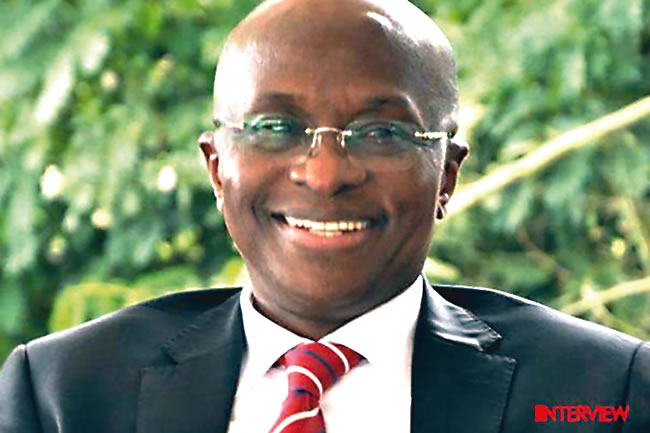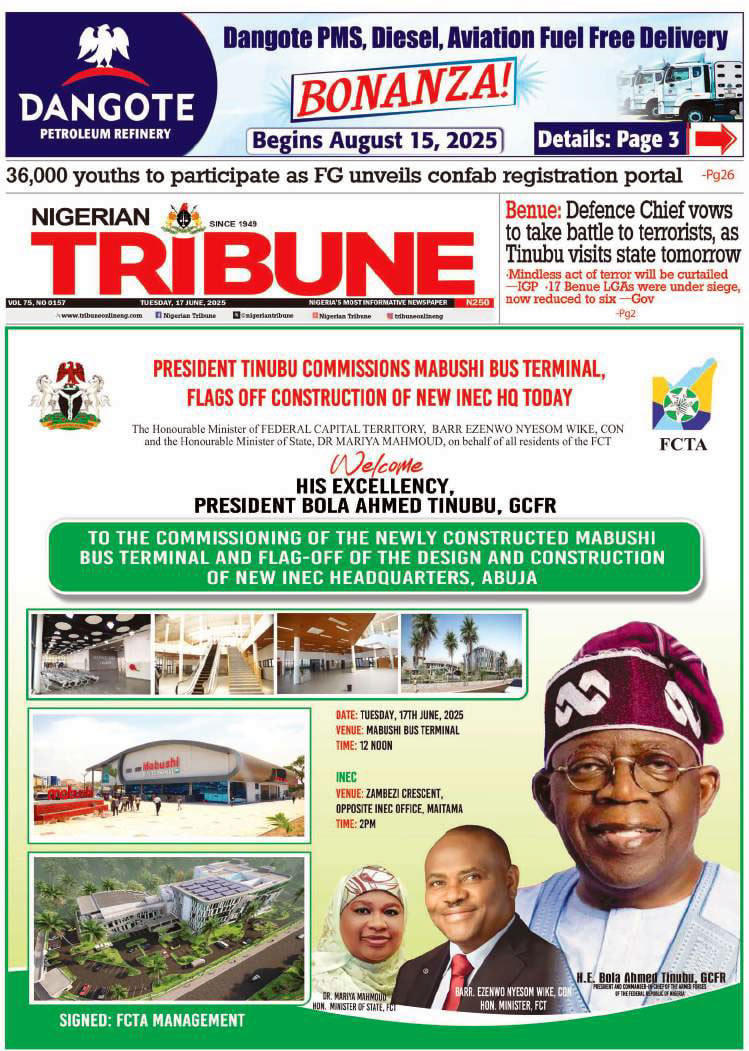NEARLY all key interest rates in the economy apart from maximum lending rate are negative in real terms, and ths is generally unhelpful to savings.
Despite recent increases, the Monetary Policy Rate (MPR) which is the benchmark interest rate, has continued to trail the inflation rate presently at 22.22percent.
Adamu Edward Lametek, a member of the Monetary Policy of the Central Bank of Nigeria who made the observation in the Personal Statements by the MPC Members at the 147 Meeting of March 20-21, 2023, also expressed worry that with yields rising globally, the domestic economy risks losing continuously on capital flows in an increasingly competitive world.
Interest Rate in Nigeria averaged 11.52 percent from 2007 until 2023, reaching an all time high of 18.00 percent in March of 2023 and a record low of 6.00 percent in July of 2009.
Some of the rates include:Nominal interest rate; Effective interest rate; Annual Percentage Rate (ARP) among others.
They are different types of interest rates.
Expressing further concern he said, “ I see pressure on the country’s international reserves and the naira exchange rate aggravating unless the economy is able to attract foreign investment inflow or other supply cushion. This would require, in my view, upward movement in local yields.”
On the side of output, the numbers up to fourth quarter (Q4) 2022 he said are largely encouraging.
According to Lametek, it is expected that the economy will maintain a growth trajectory in the rest of the year, barring any major shock. In the same vein, risk to financial stability arising from further tightening of policy stance appear well anchored.
At end of February 2022, key financial Soundness Indicators (FSIs) of the banking industry showed resilience. Capital adequacy ratio stood at 13.7 per cent, nonperforming loans ratio was 4.2 per cent and liquidity ratio stood at 43.1 per cent, all within prudential thresholds. Against the positive outlook for economic activity and financial system stability, he said there is an opportunity to focus monetary policy essentially on restoring price stability over the short- to medium-term.
“In conclusion, it is clear to me that the risks to price stability significantly outweigh those to output recovery. Therefore, disinflation remain the most important policy priority for the Bank at this point. At its current pace, inflation could become a major downside risk to economic growth and prosperity and must be halted by every means possible.
“I believe that the fiscal authorities can complement the Bank’s policy actions in this direction through consolidation and well-targeted fiscal policy,” Lametek advised.
It should be remembered that Lametek at the ladt meeting voted to : raise the MPR by 100 basis points to 18.5 per cent; retain the asymmetric corridor at +100/-700 basis points; retain the Cash Reserve Ratio (CRR) at 32.5 per cent and retain the Liquidity Ratio at 30.0 per cent.
READ ALSO FROM NIGERIAN TRIBUNE






